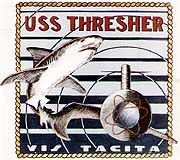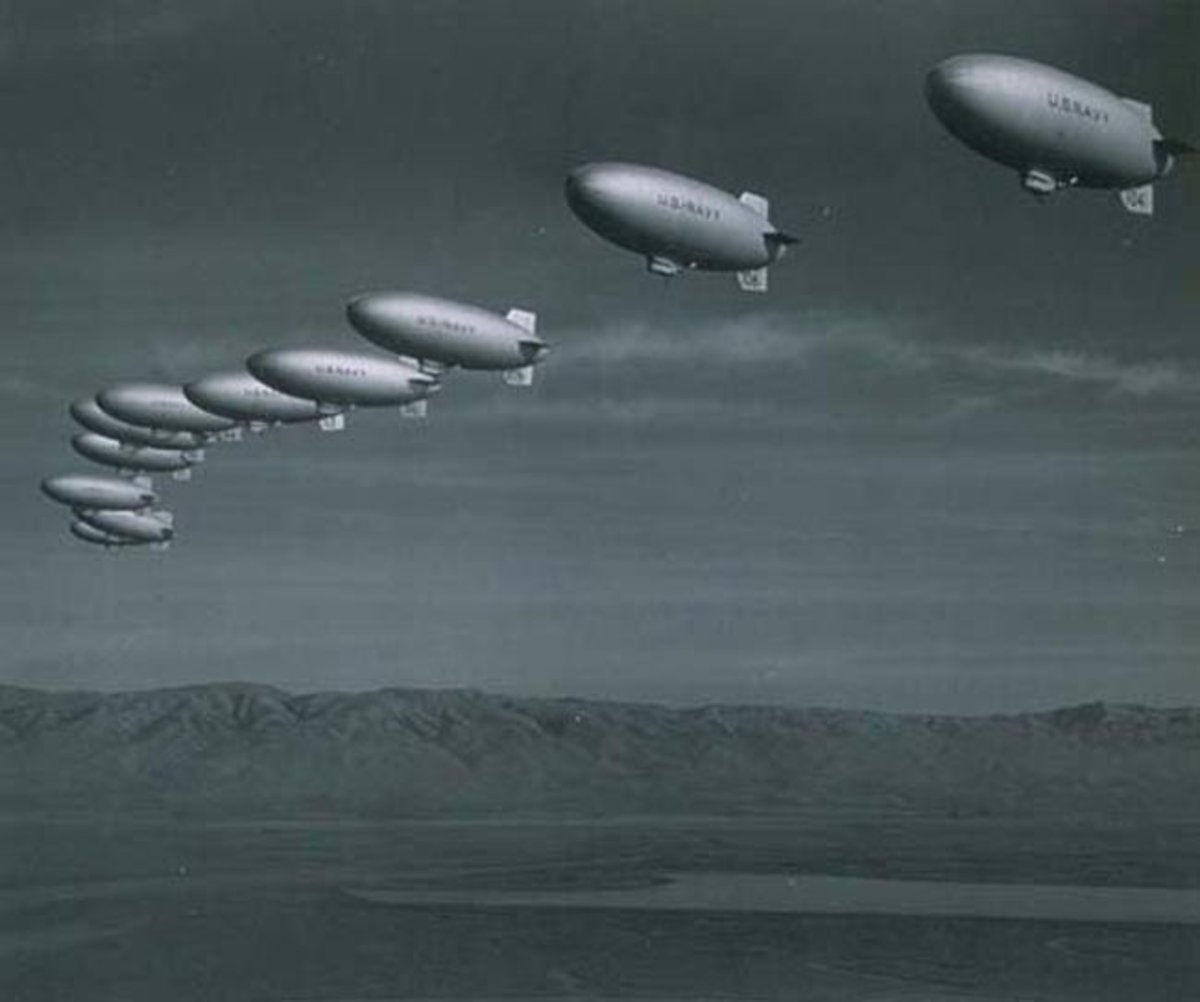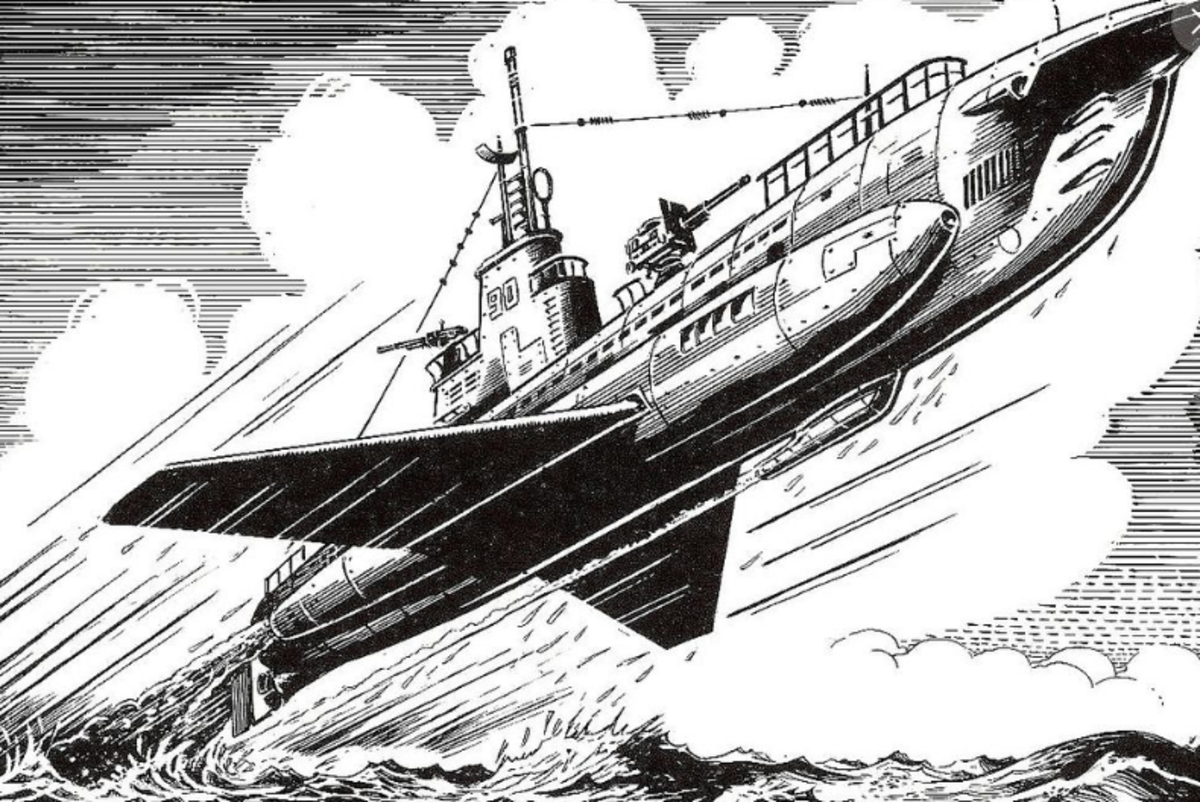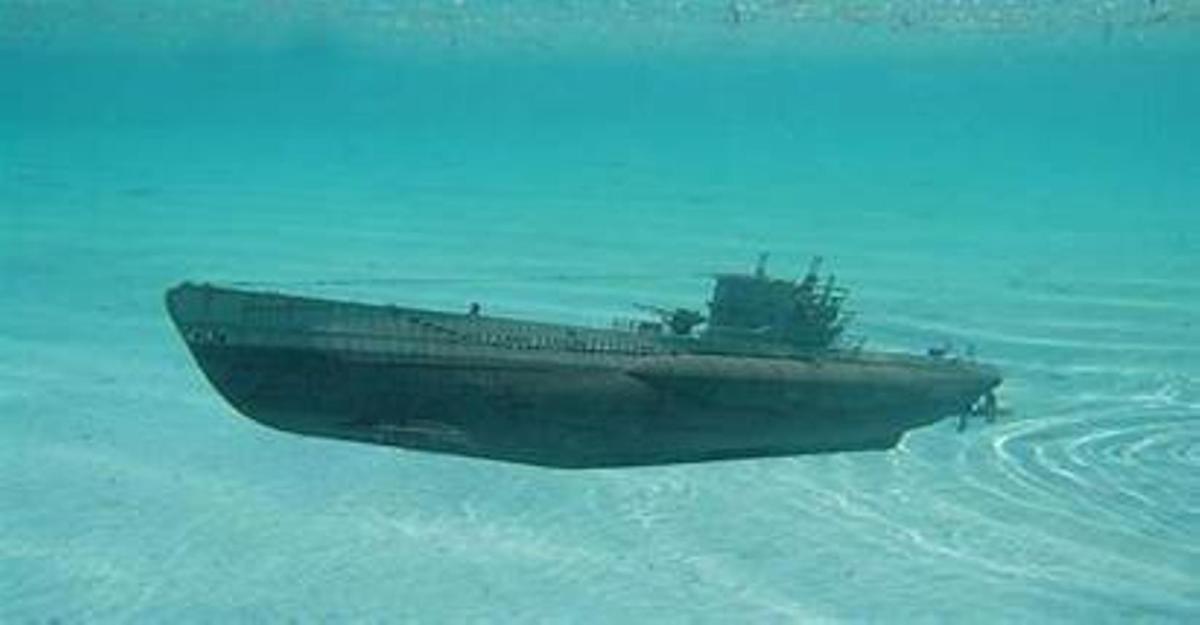- HubPages»
- Education and Science»
- History & Archaeology»
- History of the Modern Era»
- Twentieth Century History
USS Thresher: Crush Depth
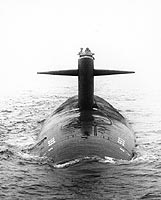
USS Thresher (SSN-593) was the lead boat of a class of 3,700-ton nuclear-powered submarines. She was ordered January 1958, built at the Portsmouth Naval Shipyard and launched July 1960 and commissioned August 1961. A Thresher-class submarine she was 279 feet in length, powered by an S5W PWR (a nuclear reactor made by Westinghouse), could maintain 20+ knots and carried a complement of 16 officers and 96 men. Thresher-class submarines had an improved hull which extended their test depth to 1,300 feet.
Being the first of her class Thresher undertook lengthy sea trials through 1961-1962. She operated off of the east coast and in the Caribbean before returning to Portsmouth for refurbishment in late 1962.
Sinking
On April 9, 1963 the refurbished Thresher under the command of Lieutenant Commander John Harvey began post-overhaul trials. Accompanied by the submarine rescue ship Skylark, she sailed to an area about 220 nautical miles east of Cape Cod. On the morning of April 10 Thresher started deep-diving exercises.
As she submerged she was in contact with the Skylark and no problems were reported. At 8:25 she reached a depth of 1000 feet and slowly circling her way deeper. At 9:02 she radioed a new course to Skylark but the transmission was somewhat garbled. From that point on what happened on the submarine is conjecture. It is believed that a brazed pipe-joint ruptured in the engine room which would have caused leaking and filled the engine room with a cloud of mist. The resulting spray would have shorted out the electronics and caused an automatic shutdown of the reactor. Thresher would have been incapacitated.
Commander Harvey’s likely decision would have been to blow the main ballast tank and surface quickly. However, it is surmised that he was unable to blow the tanks, possibly due to freezing, and slowly the nose of the submarine would have risen as the engine room took on water. At 9:13 a garbled transmission from Thresher seemed to be that the boat had a positive up angle and they were attempting to blow tanks. At this point in time, Thresher, growing heavier from water flooding the engine room is sliding deeper, tail first. At 9:17 a last transmission is received with the only understandable words being “exceeding test depth.”
At the time of the accident Thresher was closing in on its maximum depth of 1,300 feet. Though the actual figures are classified, most submarines are built to survive down to a crush depth which can be as much as 20 to 35 percent greater than their maximum test depth. At this point the boat was doomed, without the reactor there was no way they could start climbing.
As they sank the men would have heard the creaking of the hull and the sound of the piping and fitting giving way. The creaking and groaning of the hull would have gotten progressively louder until suddenly all would have given way to a thunderous and massive influx of water. All on board, 129 officers, seamen and civilian technicians would have perished within seconds. On the surface, at 9:18, sonar on the Skylark picked up what they termed a chilling sound and which they equated to the sound of “air rushing into a tank.” It was the death rattle of Thresher. When found, the remains of Thresher were scattered on the ocean floor in 8,400 feet of water.
SUBSAFE
As a result of Thresher the Navy instituted the SUBSAFE program. It is arguable that since US submarines spend 95 percent of their time in waters deeper than the crush depth of their hull discussions of safety and rescue are generally not in the realm of reality. However, the chance of a mishap is much greater when the submarine is over the continental shelf due to the increased risks of sea trials, diving and surfacing, surface travel with open hatches and greater sea traffic density.
In the event an accident should occur the Navy has a three-pronged rescue program consisting of Survival, Escape and Rescue. It involves different elements including the deployment of SEAL Teams, Submarine Rescue Chambers, a Deep Submergence Rescue Vehicle and re-compression chambers. The last submarine the Navy lost was Scorpion in 1968. They do not intend to lose another.
